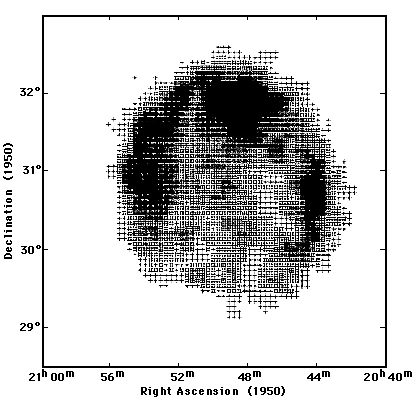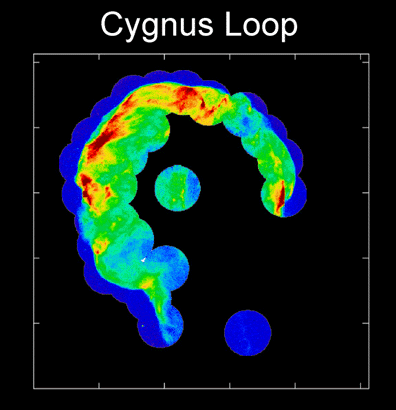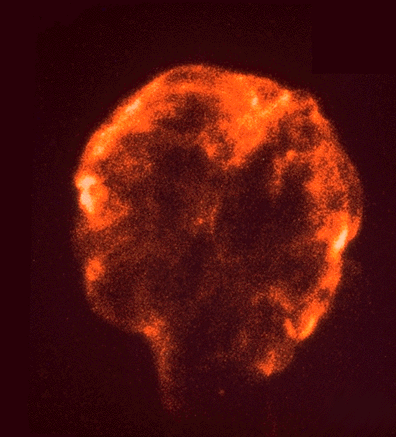A Brief History of X-ray Telescopes
The first usage of X-ray telescopes for astronomy was for observing the
Sun, the only X-ray source in the sky producing an abundance of signal.
Because the Sun is so bright in X-rays, the focusing element can be small,
and photographic film can be used as a detection medium. The first X-ray
picture of the Sun employing a rocket-borne telescope was taken by John V.
Lindsay of the NASA Goddard Space Flight Center and collaborators in 1963.
The first orbiting X-ray telescope flew on Skylab in the early 1970's
and recorded over 35,000 full-disk images of the Sun over a 9-month
period.
The utilization of X-ray mirrors for extra-solar X-ray astronomy had to
await the development of electronic detectors with both high quantum
efficiency and the ability to determine the location of the arrival of
an X-ray photon in two dimensions. The first such detectors were the
Imaging Proportional Counter and the
microchannel plate detector. Subsequently,
more sensitive detectors including CCD
spectrometers and imaging gas
scintillation proportional counters have been employed.
As was true with the solar observations, the initial observations
employing X-ray imaging systems utilized
sounding rockets. The first successful X-ray image of an extra-solar
object was obtained by Paul Gorenstein of the Smithsonian Astrophysical
Observatory and collaborators in 1975. They used a Kirkpatrick-Baez mirror
coupled with an imaging proportional counter to obtain an image of the
Virgo
cluster of
galaxies (and subsequently two other clusters). The inaugural use of
Wolter optics for extra-solar astronomy was performed by Saul Rappaport of MIT
and his collaborators in 1977. Over the course of two rocket flights, they
obtained the first true images of supernova remnants. Figure 1 shows their
image of the Cygnus Loop
supernova
remnant.

|
Figure 1 - The Cygnus Loop Supernova Remnant in X-rays
|
Major advances in imaging, and in X-ray astronomy in general, came with
the launch of the first orbiting X-ray telescope, the
Einstein Observatory,
in 1978. Einstein demonstrated the ubiquity of X-ray emission from all
classes of objects, and revealed for the first time the structure of
extended objects such as nearby galaxies and supernova remnants. Many other
imagers have subsequently been placed into orbit. Among the missions that
have carried imagers are
EXOSAT,
ROSAT, and
ASCA. In Figures 2
& 3, we show the ROSAT HRI and PSPC images of the Cygnus
Loop. The incredible detail in these pictures demonstrates the power of
orbiting X-ray imagers.

|
Figure 2 - The Cygnus Loop Supernova Remnant as seen by the ROSAT
High Resolution Imager (HRI) instrument.
|

|
Figure 3 - The Cygnus Loop Supernova Remnant as seen by the ROSAT
Position Sensitive Proportional Counter (PSPC) instrument.
|
Contributed by Rob Petre of the Laboratory for High-Energy Astrophysics, GSFC
| 